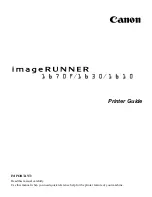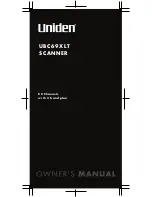
Halo Photonics
Stream Line
XR
Scanning Doppler LiDAR system - Hardware Guide
Our modular, autonomous, turn-key, pulsed Doppler LiDAR systems were conceived to meet the need for remote
sensing of motion and backscatter in the atmosphere. In this mode of operation, naturally occurring aerosols and
clouds act as a distributed target and backscatter the transmitted pulses. The receiver detects the Doppler shift
brought about by the motion of the distributed targets and therefore the line-of-sight component of their velocity. The
novel optical technology employed and the design approach have led to a new class of eye-safe (Class 1M), high
performance LiDAR exhibiting exceptional stability which is compatible with a continuous and unattended mode of
operation. Typical applications include boundary layer wind profiling, plume dispersion, analysis of complex flows,
cloud studies, cloud base measurements and gust and air quality monitoring.
While every effort has been made to provide accurate and calibrated data products, HALO Photonics does not
currently guarantee the calibration of the data in absolute terms.
The system has been designed to be rugged and autonomous. Even so, the end user must respect the fact that the
system is a precision optical instrument that must be treated with great care.
The laser emission from the antenna is in the class 1M category. The responsibility for ensuring suitable safety
procedures and operating modes lies entirely with the end user. HALO Photonics does not accept any
responsibility for issues relating to the field deployment of the equipment and propagation of the beam in the
atmosphere.


































